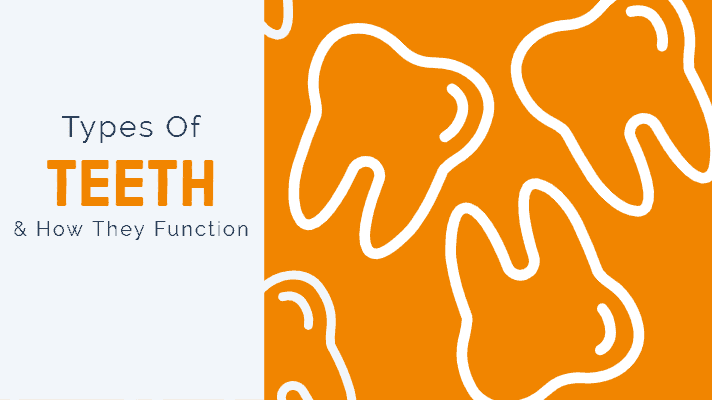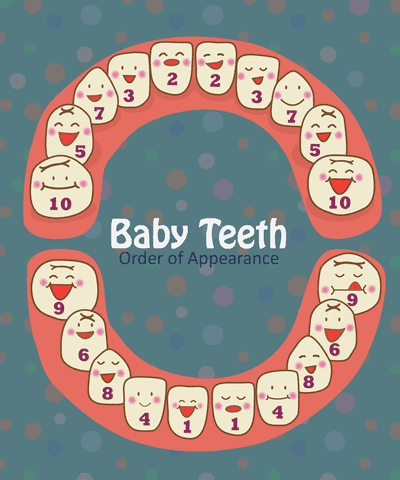 | Blog by: Dr. Michael LeBlanc, DDS Dr. LeBlanc is an award-winning, board certified pediatric dentist with five locations throughout the Kansas City metro. He is a member of the American Academy of Pediatric Dentistry, American Dental Association, and the Kansas Dental Association, too. |
What do teeth do and what’s their role in your child’s development? Explore the different stages of tooth development and their functions below.
Primary Teeth (Baby Teeth)
Primary teeth begin to erupt anywhere from age 5-9 months old, usually starting with the lower incisors. By age 3, most children will have all 20 of their primary teeth. These 20 teeth include a mixture of 8 molars, 4 canines and 8 incisors.
Learn more about baby teeth and the order they develop in.
Secondary Teeth (Permanent Teeth)
As children age, baby teeth are exfoliated and replaced by secondary teeth, also known as permanent teeth. The first permanent molars and second permanent molars typically erupt around age 6 and age 12, respectively. Children begin losing teeth around 5 or 6 years of age and usually have lost all primary teeth around age 12 or 13. The permanent dentition consists of 32 teeth total; 8 incisors, 4 canines, 8 premolars, 8 molars and 4 wisdom teeth, which usually erupt between age 18-21.
Incisors
Incisors are the frontmost teeth in the mouth and include the 4 front top and bottom teeth. They have a narrow edge, which aids biting into food. The primary bottom incisors are typically the first teeth to erupt and the first to exfoliate in the dentition cycle. Children usually have all 8 permanent incisors in around age 9.
Canines
The 4 canines, also known as the “fang” teeth, are located on each side of the upper and lower incisors. They have a sharp point meant for tearing food. Their presence acts like an anchor that helps guide the teeth into place as the top and bottom jaw come together. The permanent lower canines usually erupt around age 9 followed by the permanent upper canines around age 11 or 12.
Premolars
The premolars, also commonly referred to as bicuspids, are situated between the canines and molars. Premolars have a flat biting surface used to crush and tear food. They replace the baby molars and usually erupt around age 10-11. Premolars are only present in permanent dentition.
Molars
The molars are the largest teeth, located in the back of the mouth. Molars have a wide and flat biting surface used for mashing food. There are 12 molars altogether in the permanent dentition; four first molars which erupt around age 6, four second molars which erupt around age 12, and four 3rd molars/wisdom teeth which erupt in young adulthood, around age 18-21.


